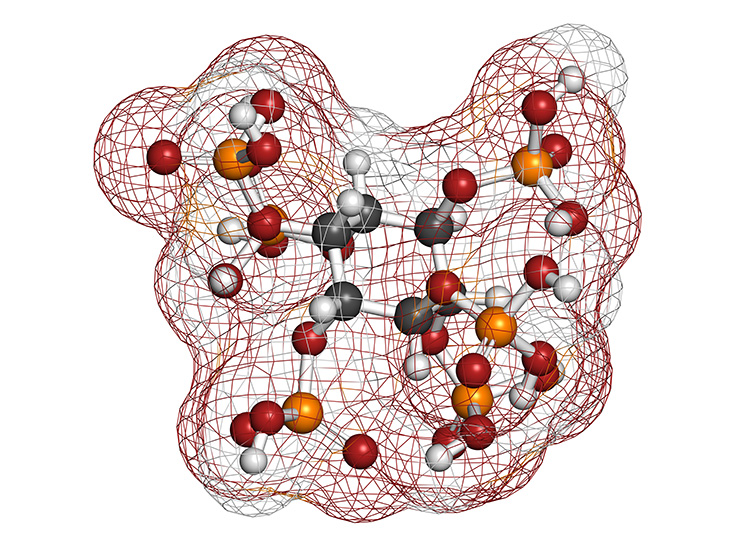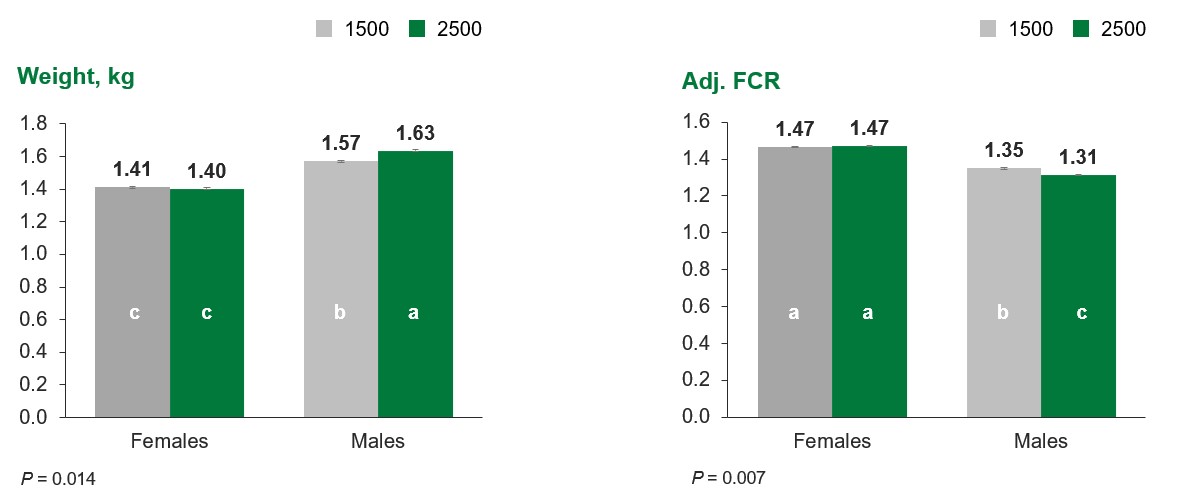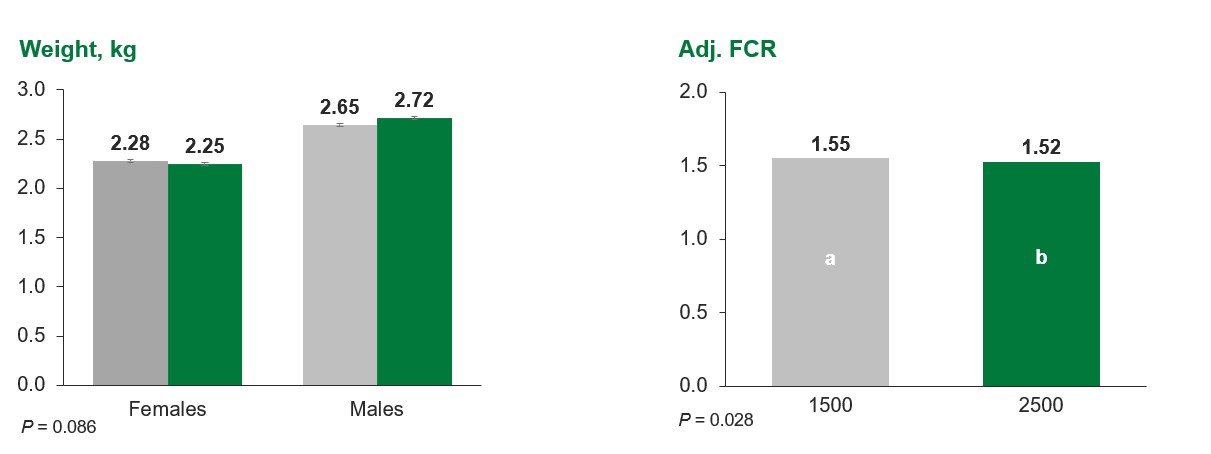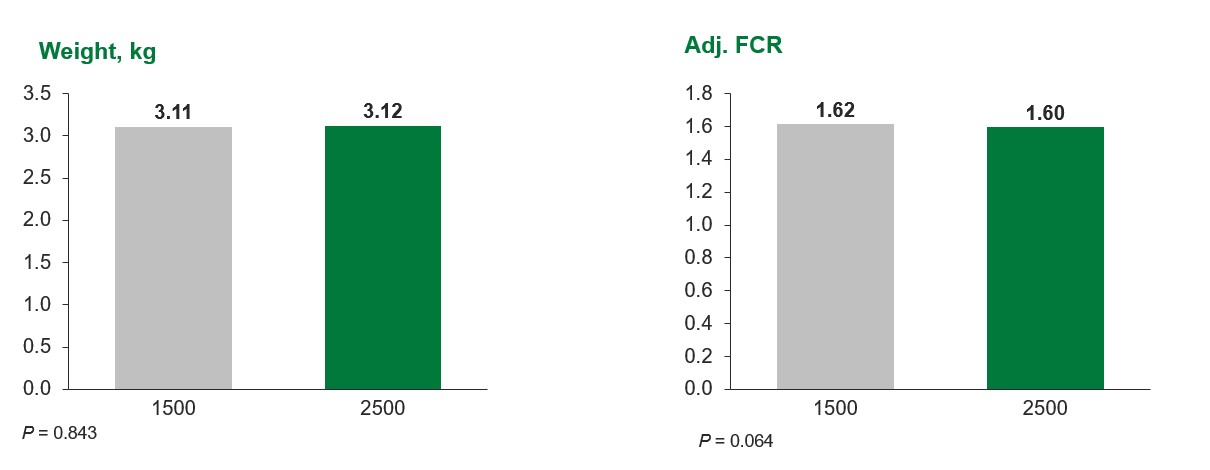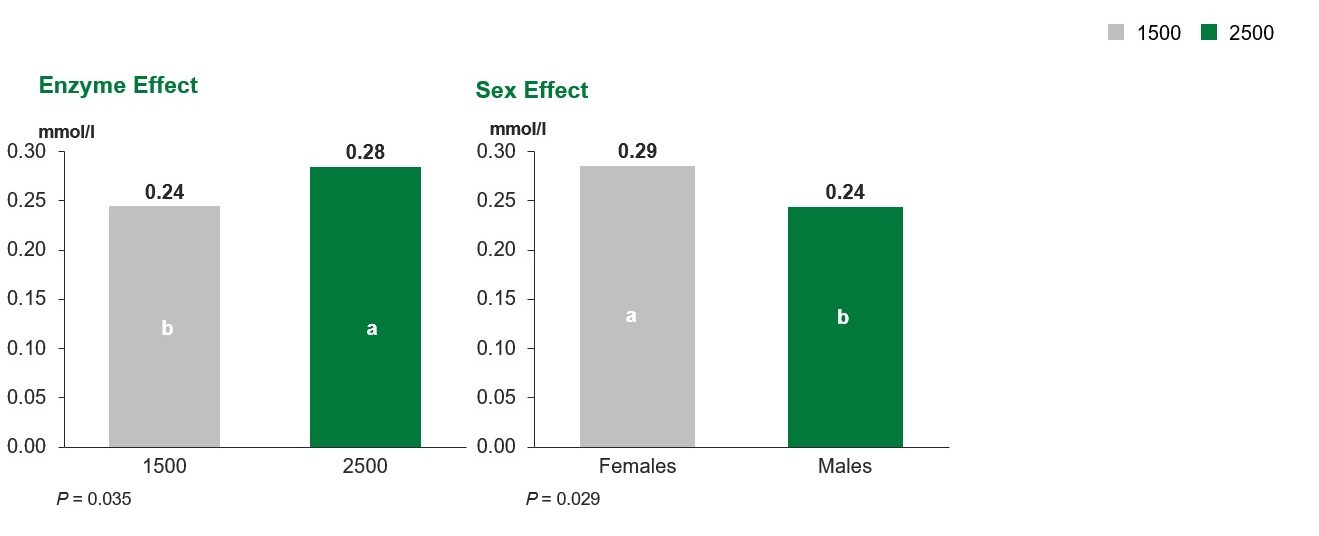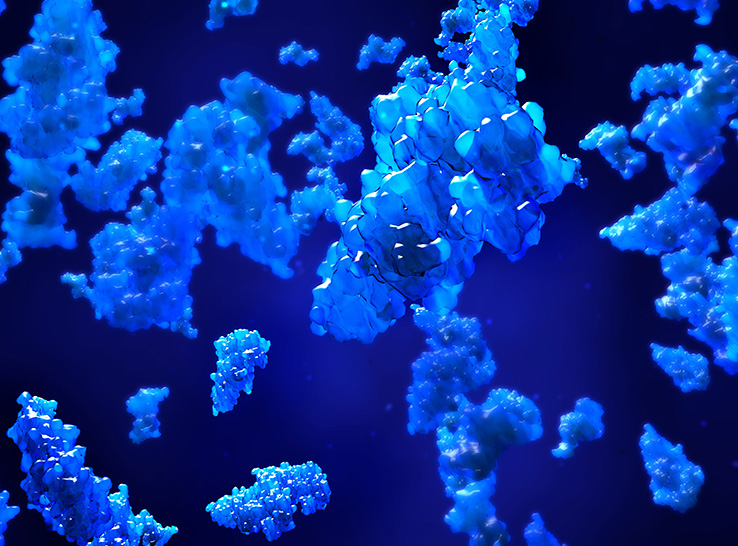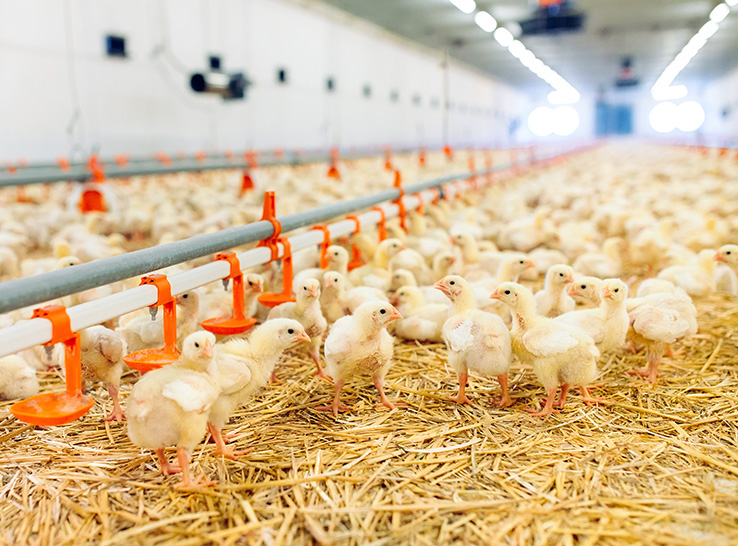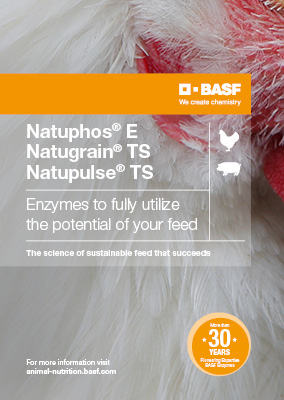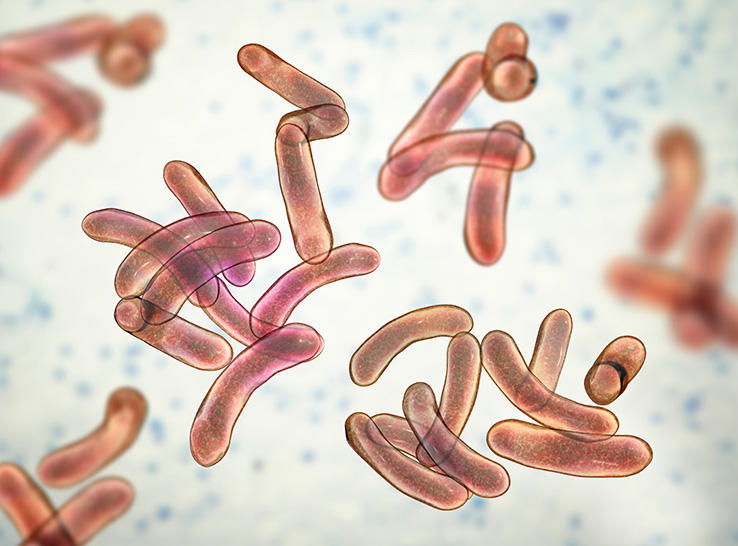Feeding broilers a high dose of a bacterial 6-phytase alongside a xylanase-glucanase enzyme combination resulted in performance improvements and cost savings, in a field study.
Phytase is an enzyme that specifically acts on phytate, breaking it down to release phosphorus in a form available to the animal. However, scientists at BASF have been investigating potential broader nutritional impacts.
To explore the effects of using high doses of a phytase in broiler diet, researchers randomly allotted a total of 864 broilers to two experimental treatments. They allocated the birds to 48 pens (24 males pens and 24 female pens) and fed them for 45 days over four feeding phases.
The all-vegetable diets used in the study were reduced in phosphorus, calcium, metabolizable energy, and sodium, with the addition of either 1,500 phytase units (FTU)/kg or 2,500 FTU/kg of a composite hybrid 6-phytase (Natuphos E) in combination with Natugrain® TS, a β-xylanase and β-glucanase enzyme supplement.
The team measured feed intake and individual body weight at days 17, 28, 38 and 45, using the data to calculate feed intake and feed-conversion ratio. In addition, they took blood samples from a bird from each pen of both sexes on day 25 of the study for analysis.
Further increase in phytase dose provides significant economic gains
Their experiment showed that increasing phytase levels to 2,500 FTU/kg significantly improved growth performance. The researchers also calculated significant cost savings using the high dose of phytase, with producers managing a 1 million-bird complex likely to see savings of over $14,000 a week, based on the data.
The findings (Figures 1-4), which were detailed in full at the 2024 International Poultry Scientific Forum in Atlanta, follow those of previous work on phytase supplementation in broiler diets. These studies suggested that growth performance continues to increase in birds even when phosphorus requirement has been met, especially when using a high dose of phytase.
“While it’s widely known that phytases increase available dietary phosphorus in animal diets, there’s now considerable data suggesting that they can have wider effects, so we’re pleased to provide some further evidence for producers,” said Bayo Sokale, DVM, PhD, Technical Lead, Feed Enzymes & Feed Performance Ingredients, North America, for BASF.
“There are a number of mechanisms through which a high dose of phytase supplementation can improve growth and overall wellbeing of the animal. One particular aspect is its impact on the digestibility of mucosal mucin-linked amino acids, which has clear performance links.”
High phytase dose and myo-inositol in blood plasma
In the blood analysis, the scientists observed a higher concentration of plasma myo-inositol, a type of sugar involved in metabolic signals, in females compared to males, as well as in birds fed phytase levels of 2,500 FTU/kg compared to 1,500 FTU/kg.
Previous work has shown a link between myo-inositol and increased phytase levels, and while performance also increased with the higher phytase dose, the links between myo-inositol and improvement in performance remains unclear. As for the differences between male and female birds, this could be because of the effects of myo-inositol on lipid metabolism.
“The results are promising from the perspective of producers looking to get the best outcomes from their investment in essential feed supplements, but we’re still keen to understand more about the mechanisms driving the improved performance seen with higher phytase doses,” Sokale added.
Figure 1. Results: Performance (day 17)
Significant interaction and main effects
a, b means in a column not sharing a common letter are significantly different (P < 0.05).
Figure 2. Results: Performance (day 28)
Significant interaction effects
a, b means in a column not sharing a common letter are significantly different (P < 0.05).
Figure 3. Results: Performance (day 38)
Significant effect of enzyme level
a, b means in a column not sharing a common letter are significantly different (P < 0.05).
Figure 4. Results: Performance (day 45)
Effect of enzyme level
a, b means in a column not sharing a common letter are significantly different (P < 0.05).
Figure 5. Plasma myo-inositol (day 25)
a, b means in a column not sharing a common letter are significantly different (P < 0.05).
Editor’s note: Content on Modern Poultry’s Industry Insights pages is provided and/or commissioned by our sponsors, who assume full responsibility for its accuracy and compliance.


